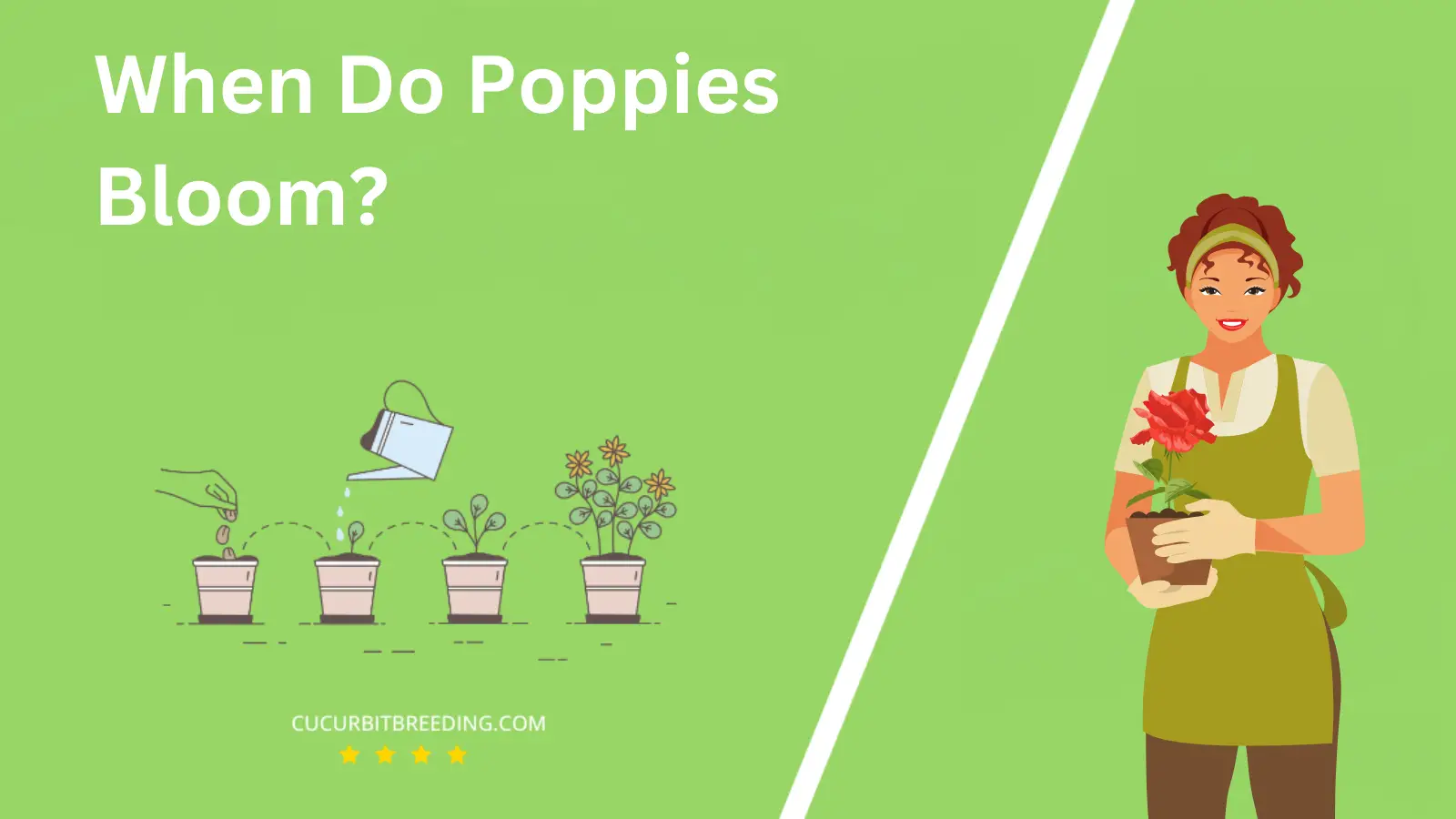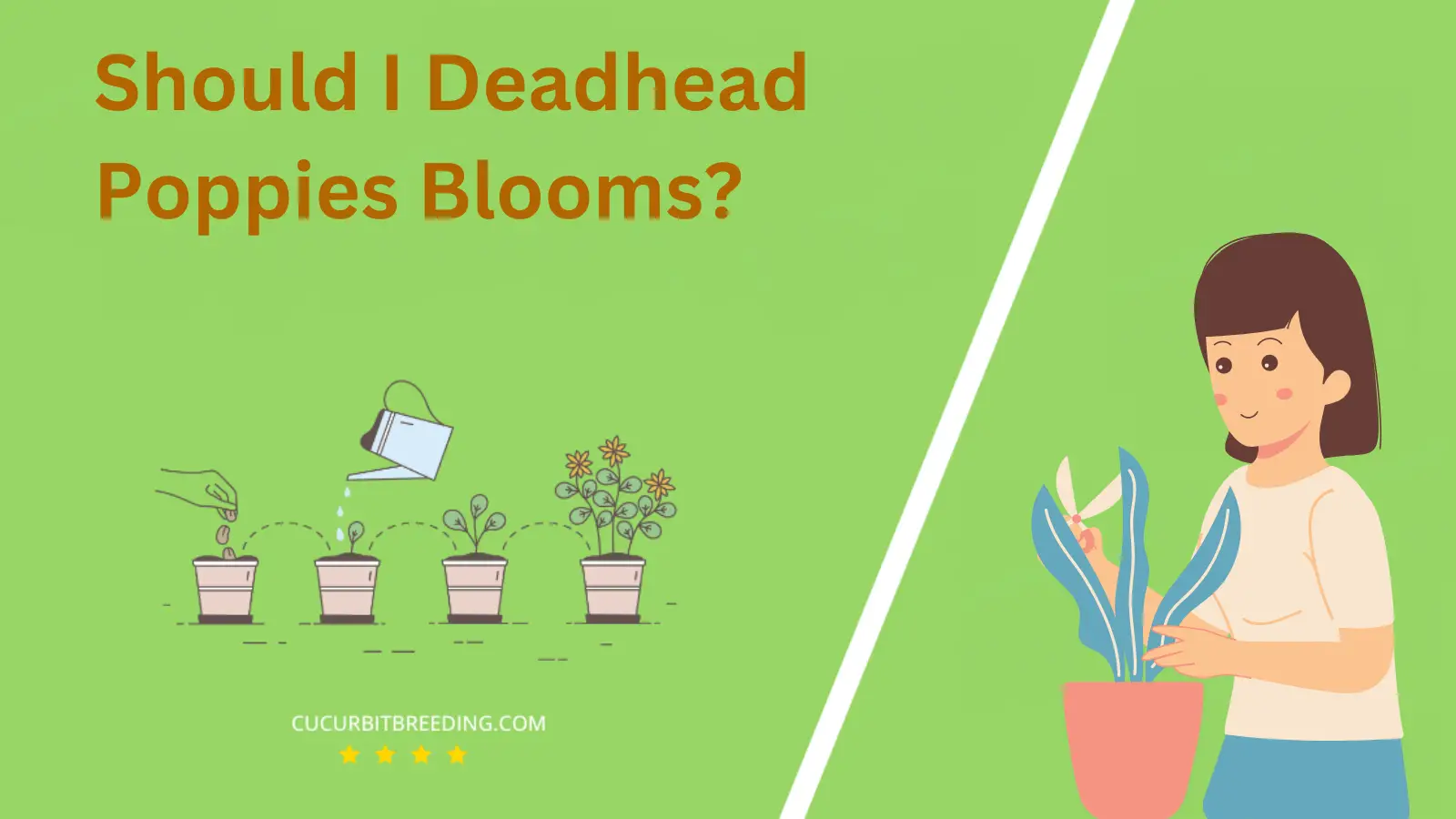
Ever encountered the mesmerizing beauty of a poppy field and wondered, “When do poppies bloom?” These vibrant flowers, with their delicate, papery petals, are a sight to behold, making any landscape they grace an instant masterpiece.
Unraveling the mystery behind their blooming season can offer a deeper appreciation for this botanical wonder. Let’s embark on a journey into the world of poppies.
When Do Poppies Bloom?
Poppies typically bloom in the late spring to early summer. The exact timing can vary based on the specific type of poppy and local climate conditions. For example, the common red poppy will typically start blooming in late May or early June in most parts of the United States. However, in warmer climates, some types of poppies may start blooming as early as February or March.
| Stage | Description |
|---|---|
| Germination | Spring (March-May) |
| Growth | Spring (March-May) |
| Blooming | Spring (April – June) |
| Dormancy | (December-February) |
How Long Do Poppies Bloom?
Poppies typically bloom for a period of 8 to 10 weeks. The blooming season usually begins in late spring and can extend into the early summer, depending on the climate and geographical location. However, the individual flowers on a poppy plant have a shorter lifespan and often only bloom for about 3 to 5 days before they shed their petals.
How Light Affects Poppies Blooms?
Light plays a significant role in the blooming of poppies. Poppies require full sunlight to bloom optimally. With at least six hours of direct sunlight each day, the poppies will produce vibrant and healthy blooms. The sunlight is essential for photosynthesis, enabling the plant to produce the energy it needs for growth and flower production. Insufficient light can lead to weak stems, fewer flowers, and duller colors. Therefore, for the best poppy blooms, ensure they are planted in an area that receives abundant sunlight.
Will Poppies Bloom the First Year You Plant Them?
Yes, poppies can bloom in the first year that you plant them. However, this largely depends on the variety of poppy and the conditions in which they are grown. Some types of poppies like the California poppy and the Iceland poppy are known to bloom in their first year if planted early in the spring. On the other hand, some types like the Oriental poppy may not bloom until the second year. Therefore, while it is possible for poppies to bloom in the first year, it’s not guaranteed for all varieties.
Will Poppies Bloom Every Year?
Yes, poppies are perennial plants and they do bloom every year. Once planted, you can expect them to come back and bloom annually. They usually bloom in late spring or early summer. However, their blooming period may vary depending on the specific species and growing conditions.

Should I Deadhead Poppies Blooms?
Yes, you should deadhead Plumeria blooms in Hawaii. Deadheading, or the process of removing faded or dead flowers, helps to encourage the growth of new flowers. In particular, for Plumeria, this process can stimulate the plant to produce more blooms and can prevent the plant from wasting energy on developing seeds. Therefore, for a healthier and more blooming Plumeria, deadheading is a practice that is often recommended.
Top Reasons a Mature Poppies May Stop Flowering

There are several reasons why a mature Plumeria in Hawaii may stop flowering. Insufficient sunlight is an important factor as Plumeria requires at least six hours of full sun each day to bloom. Improper watering can also hinder blooming; both overwatering and underwatering can lead to stress and prevent flowering.
Another common reason is nutrient deficiency. Plumeria requires a high phosphorus fertilizer to produce flowers. If the soil lacks this nutrient, it may result in a lack of flowering. Similarly, pests and diseases such as Frangipani caterpillar and Black Tip Fungus can also affect the Plumeria’s ability to flower.
Lastly, incorrect pruning may be a reason. If you prune your Plumeria too hard or at the wrong time, it can impact the flowering. Always ensure to prune in the early spring before the growth season starts to avoid this issue.